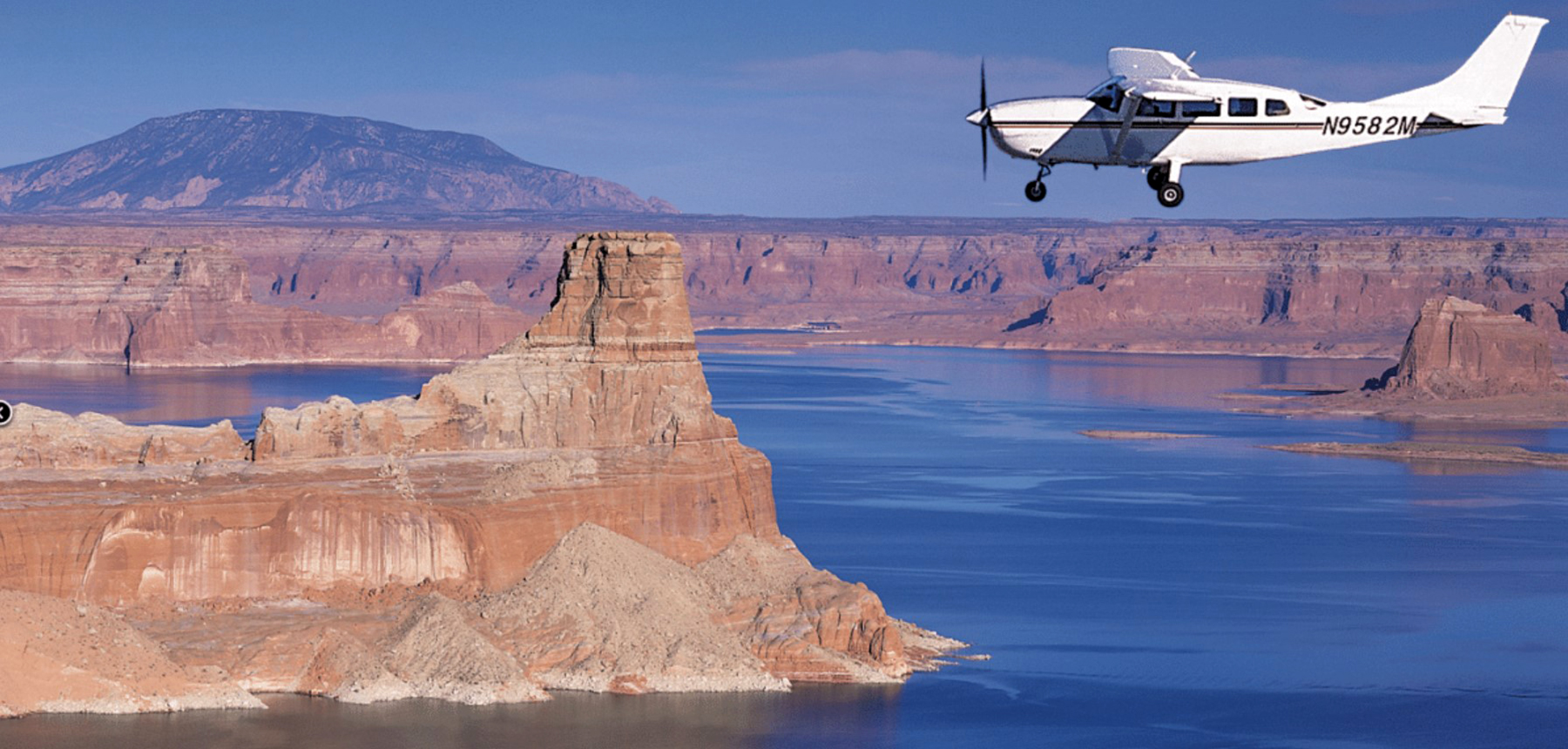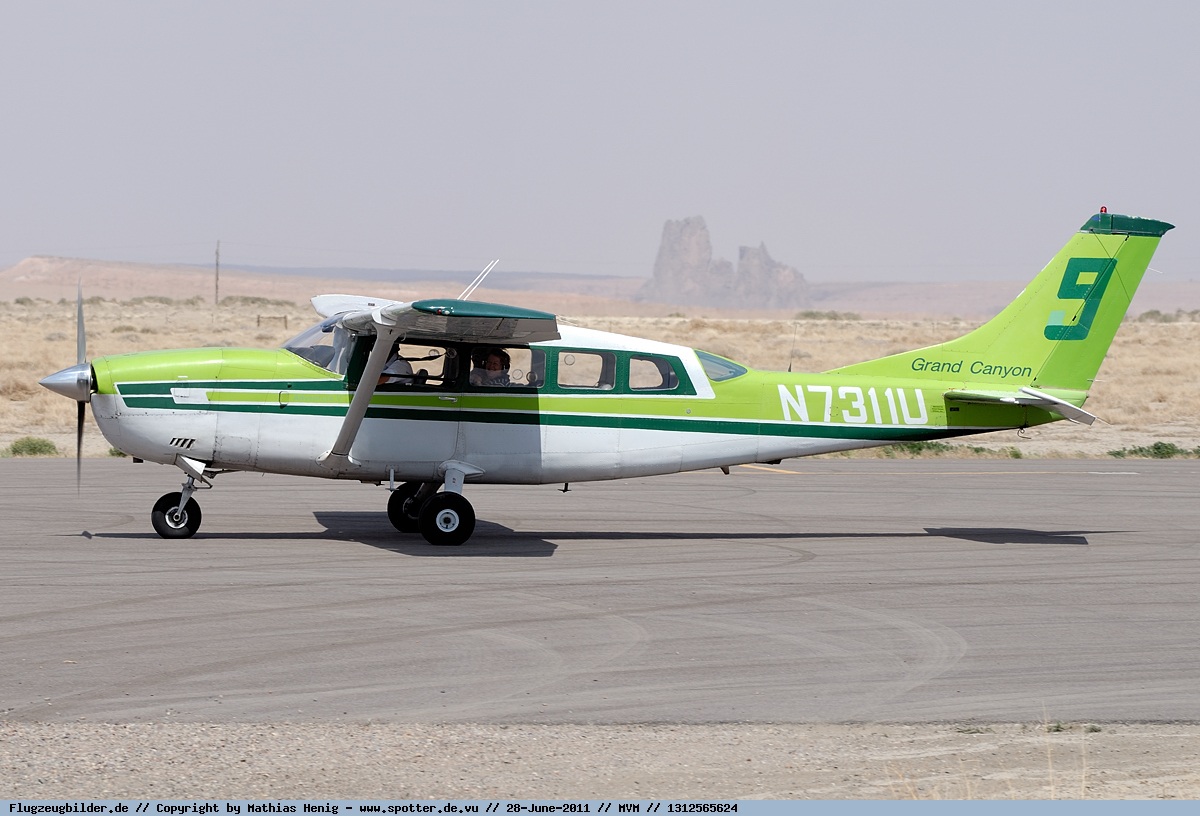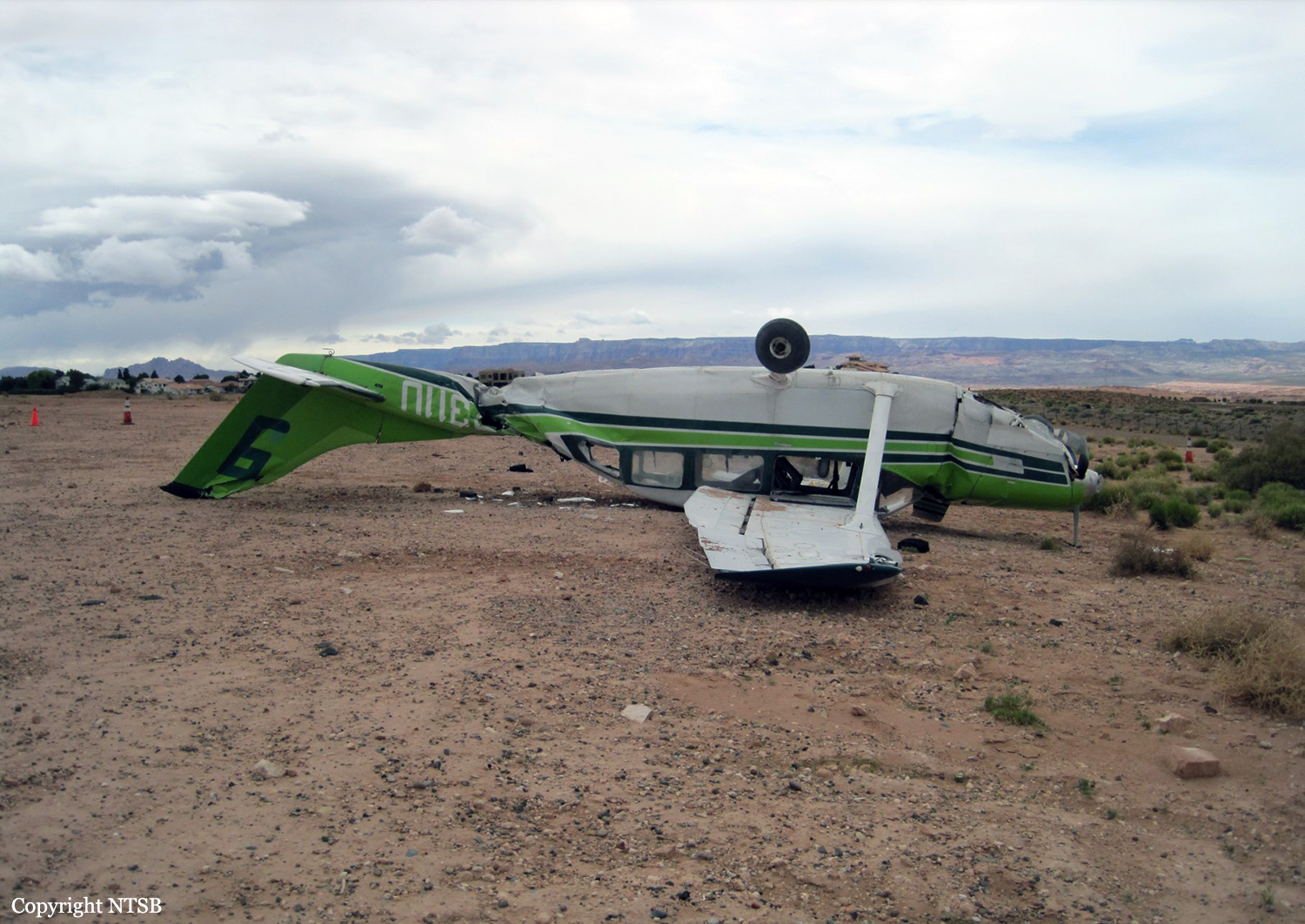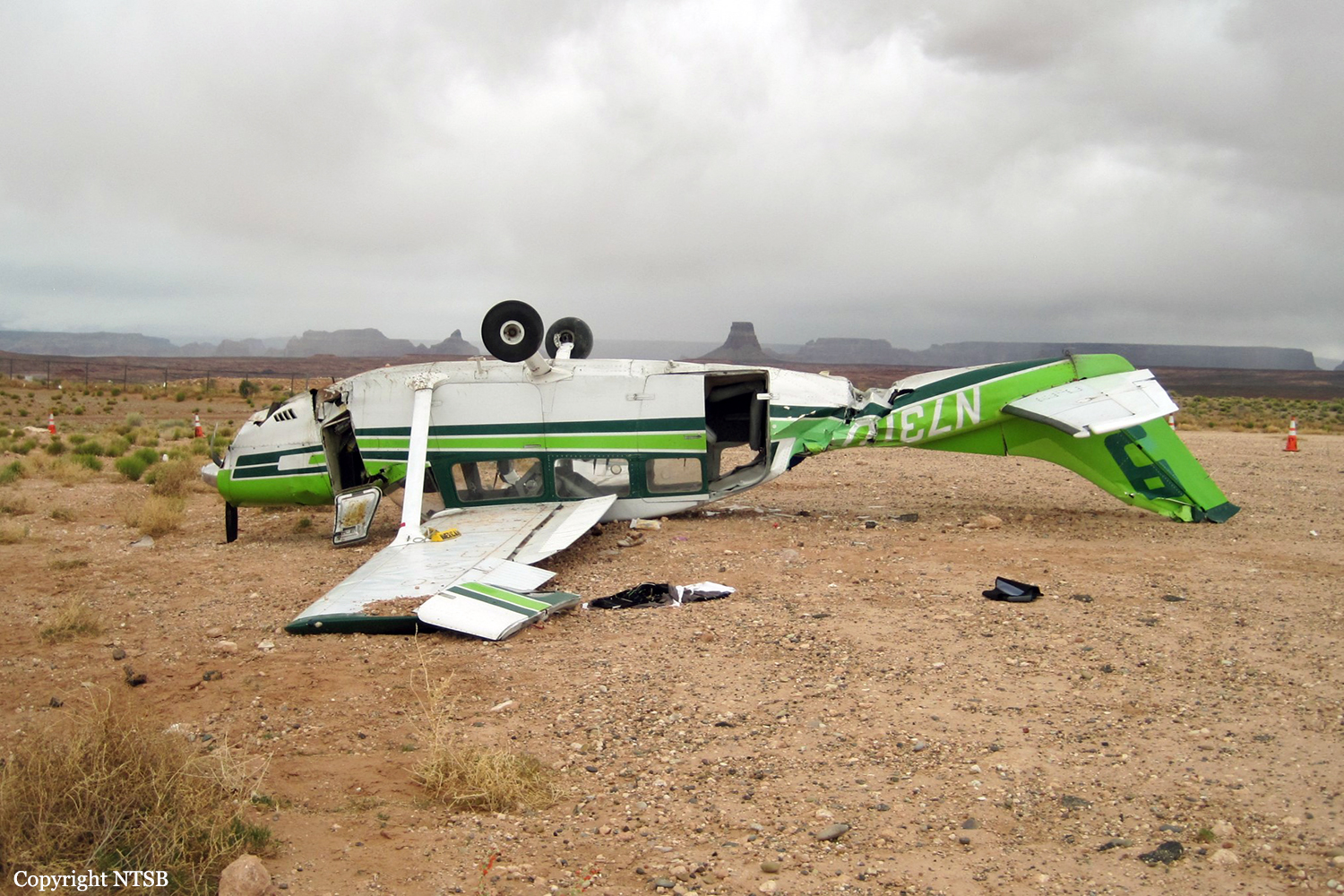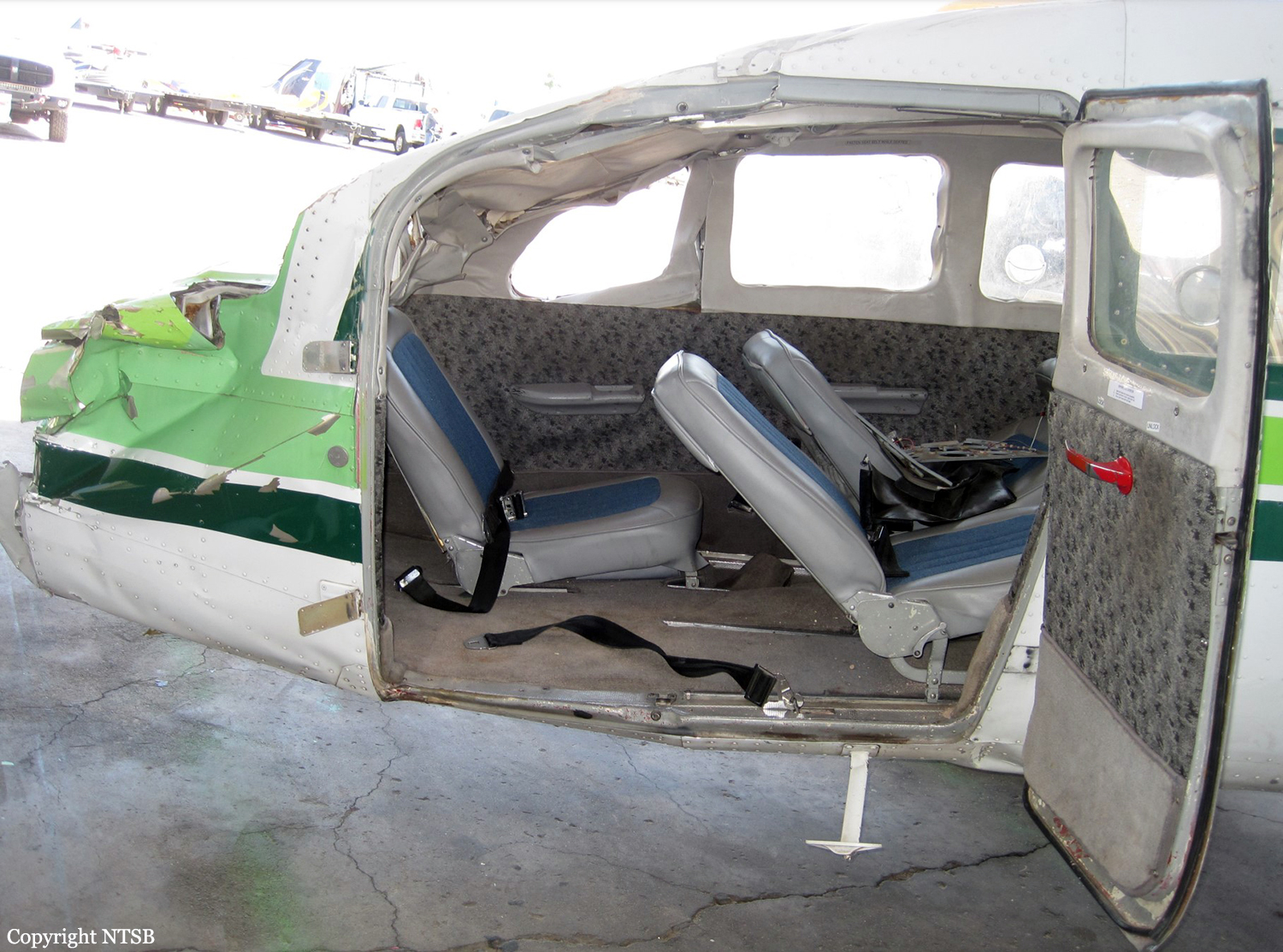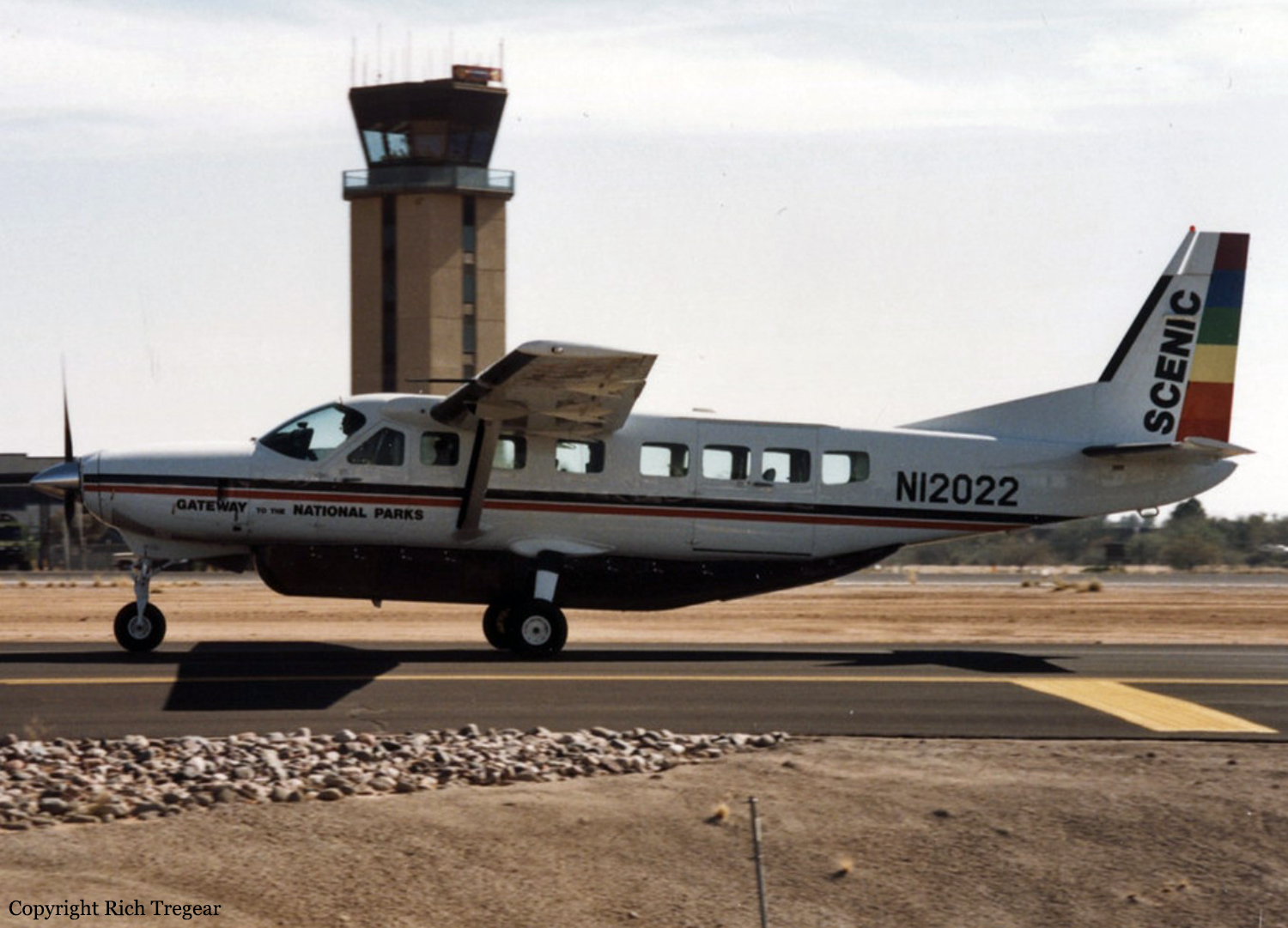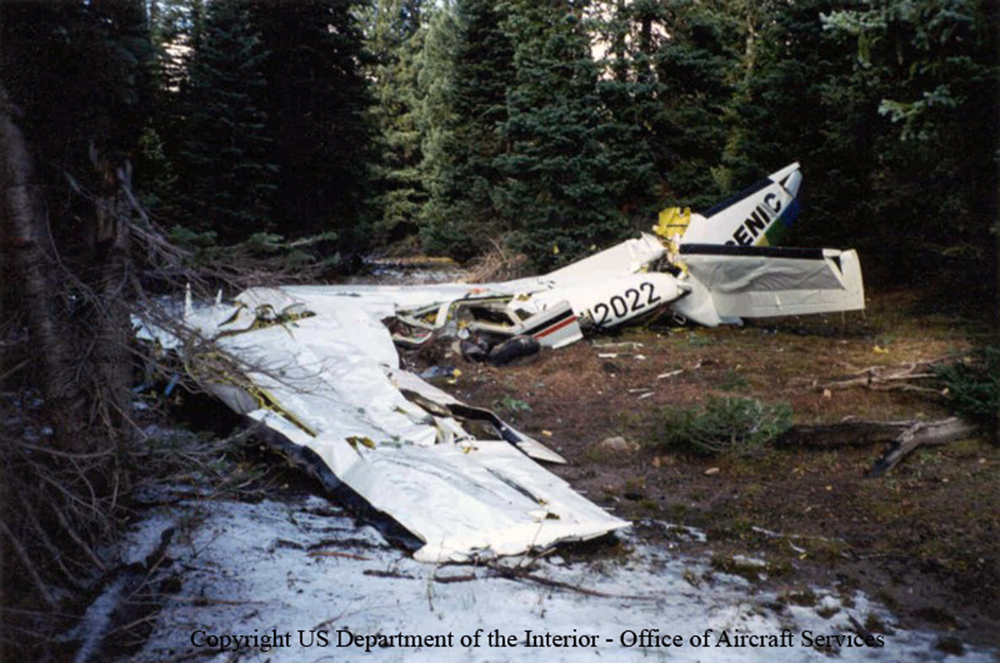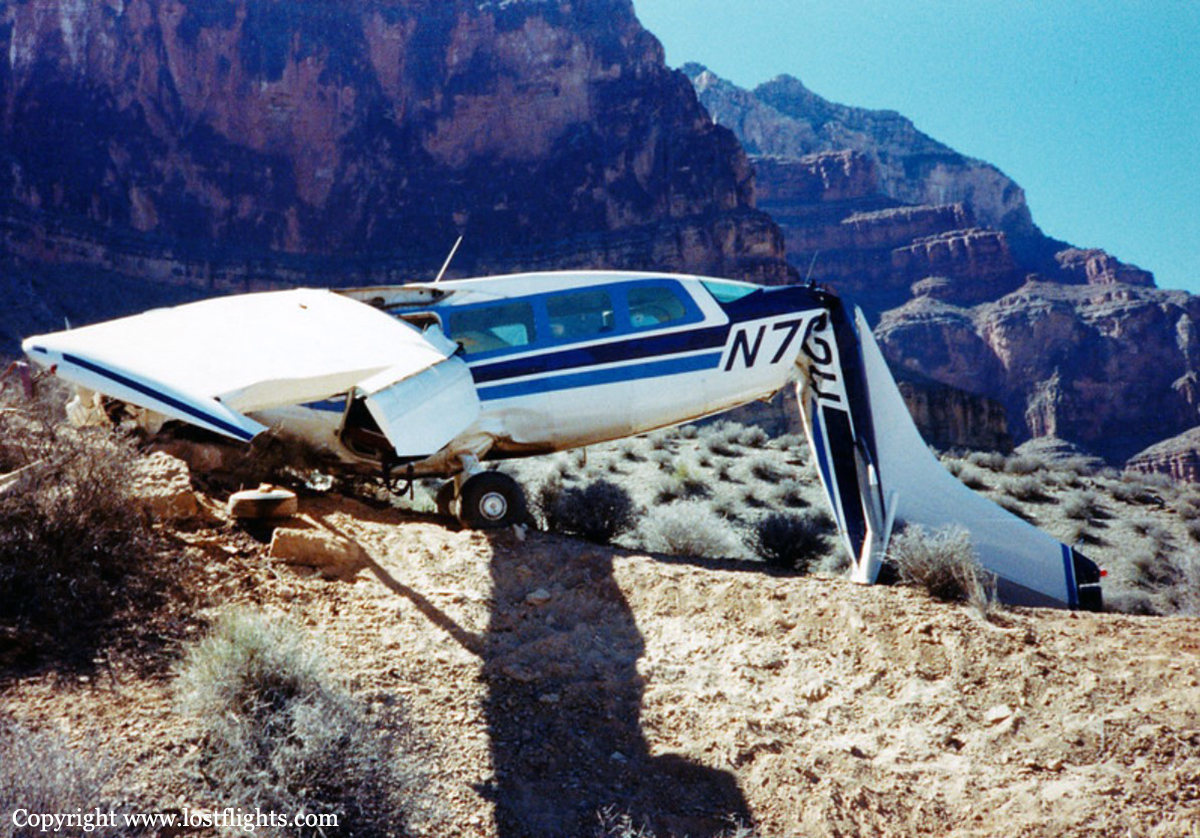Crash of a Cessna 207A Turbo Stationair 8 into Lake Powell: 2 killed
Date & Time:
Aug 13, 2022 at 1609 LT
Registration:
N9582M
Survivors:
Yes
Schedule:
Page - Page
MSN:
207-0705
YOM:
1981
Crew on board:
1
Crew fatalities:
Pax on board:
6
Pax fatalities:
Other fatalities:
Total fatalities:
2
Circumstances:
The single engine airplane departed Page on a local sightseeing flight, carrying one pilot and six French tourists. In unknown circumstances, the aircraft crashed into Lake Powell. Two passengers were killed while five other occupants were injured, three seriously.
